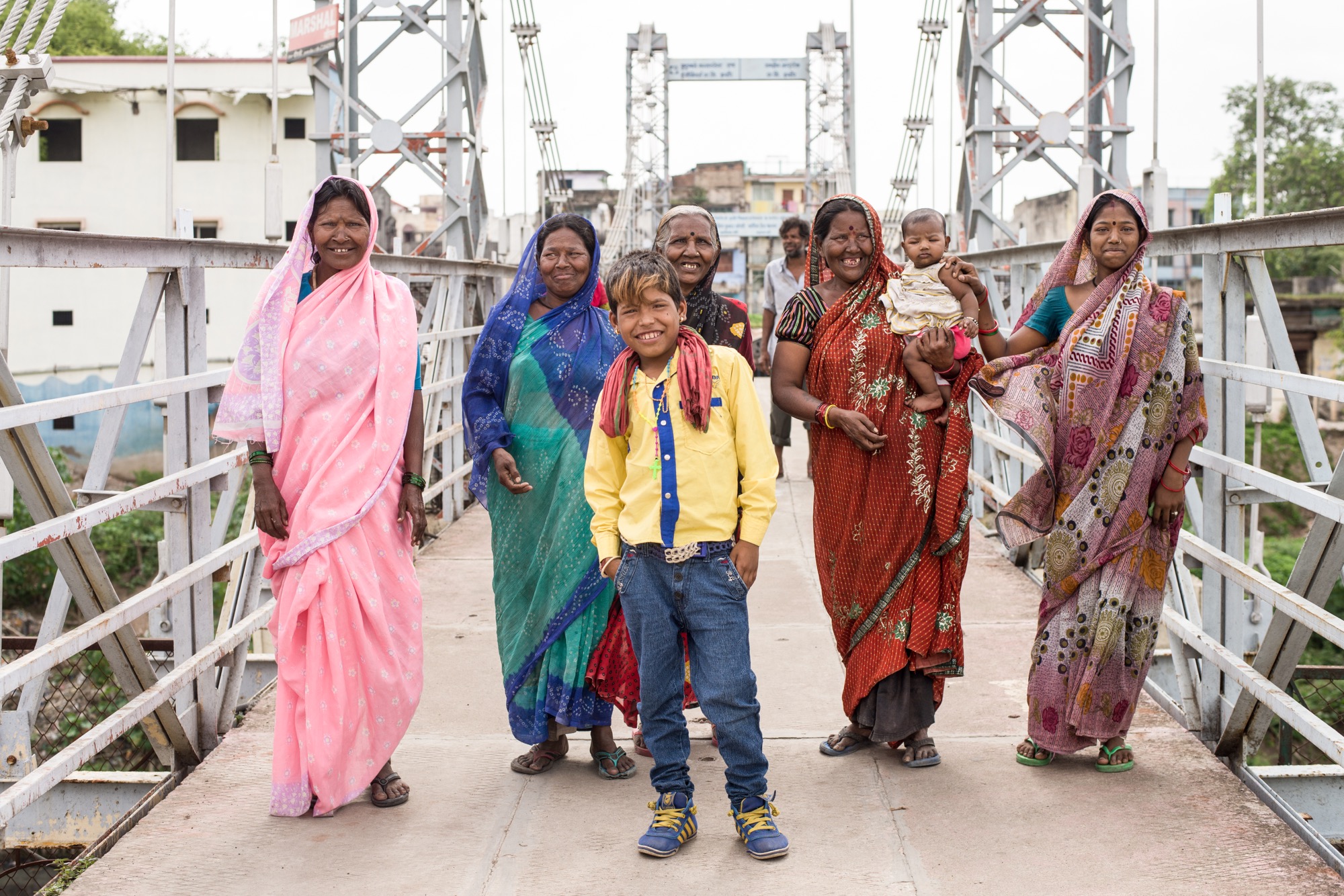Rising temperatures, changing rainfall patterns, and more severe weather events are being observed worldwide. It is in this context that the role and importance of the private sector in increasing the resilience of communities to withstand climate related disasters needs to be highlighted. All businesses irrespective of size, location, products, and services depend on weather and climate. Addressing the uncertainties created by changing climate requires risk management strategies. At the level of the firm, building resilience requires an understanding of assessment of risk, understanding of vulnerability, understanding of the regulatory barriers to overcome the vulnerability, and, finally, adoption of policies to overcome the vulnerability.
The value chain approach to climate resilience is useful since, within this approach, special focus is given to communities, the vulnerability of the ecosystem and adaptation needs. As it is with communities, firms also need a conducive ecosystem to thrive and operate in. The ecosystems in which companies operate provide natural goods such as flood protection and water treatment. Community risks are business risks because communities provide key resources to companies. Resilience can be built only if there is a shared risk landscape (with regard to the community and the ecosystem in which the firm operates) and a coherent plan of action in case of natural disasters. Adaptation, and especially mitigation responses, require coordination and cooperation between individuals, groups, or countries in making many of the choices associated with climate change. Decisions for mitigating climate change are complemented by climate adaptation options and reflect existing environmental trends and drivers. The policy options are likely to be evaluated with a set of criteria that include economic impacts and costs, equity and distributional considerations, sustainable development, risks to individuals and society, and co-benefits.
The private sector contributes to humanitarian action in many ways. However, the greatest direct contributions in recent years have come in the form of new technologies and other innovations, the sharing of technical capacities in areas of logistics and telecommunications etc. Traditionally, the private sector has focused on the sudden onset crises such as typhoons, tsunamis and earthquakes. However, the private sector has accepted that it must focus on the long term determinants of commercial success, including those related to humanitarian action, disaster preparedness, and development cooperation. This could then include involvement in slow onset crises such as droughts and floods.
The course of the private sector engagement differs between countries based on the types of crises they are facing, the structure of their economies, and the orientation of governments towards partnerships in disaster relief, as well as many other factors. Core business activities have contributed to risk reduction, relief and recovery, and have helped to strengthen infrastructure against disasters. They have created jobs after crises. The assets and supply chains that businesses and firms establish for commercial purposes help to mitigate the impact of the disasters. In the context of India, corporate social responsibility (CSR) is enshrined in the concept of sustainability as defined by the Bruntdland Commission. The Companies Act 2013 has brought CSR to the fore and Schedule VII of the Act has made communities the focal point of such activities.
In order to engage effectively with the private sector, collaboration is needed between the various actors involved in such activities. At the core of such collaboration, the understanding that businesses will engage in humanitarian action in ways that support the overall business strategy, the long term business goals, and profitability.
In the context of a city, there is need for sustainability as well as resilience. Whereas sustainability generally relates to minimizing the need for valuable inputs and harmful outputs in regards to urban functionality, resiliency relates to a city’s ability to survive and recover from future shocks and stresses. Sustainability and resiliency are closely linked as they each ensure a city’s future and the overlaps between them are numerous. Collaborative efforts work best in such situations and it also requires humanitarians to combine and align their efforts with those of development actors already present in cities, to ensure that life-saving and recovery activities are aligned to longer-term sustainable development, and that they contribute to government-led post-disaster assessment and planning.
Increased awareness about the significance of climate change and the need for responses to it, involvement of the private sector in national adaptation plans and efforts, and engagement of the private sector in developing products and services to reduce costs and impacts of climate change, can contribute to the greater role of the private sector. Such engagement may also be beneficial for the private sector since it can open up new avenues for business, create new jobs and ultimately improve the resilience of the firm to withstand future shocks and disasters.





